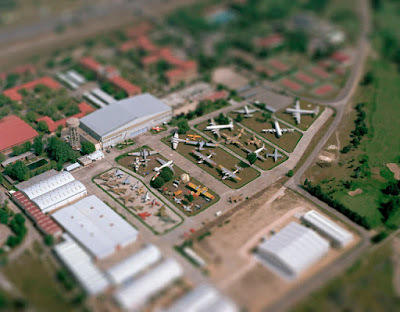In this chapter, Hall looks at a key process in the 'cultural circuit' of today's society -
representation. He looks at what representation has to do with culture and meaning, as well as how meaning is formed.
Representation is producing a meaning of concepts in our minds through the use of language.
Hall explains that each individual has a 'conceptual map' that differs from one another. We use these to organise, arrange, and classify concepts. However, we are able to communicate with one another because we share broadly the same conceptual map, therefore we make sense of things in a vaguely similar way. This is all within a culture, and in that culture we share meanings and thereby contruct a social world.
Hall defines 'signs' as words, sounds, or images which carry meaning. These represent concepts and links we have in our heads which combine to make up the meaning systems of our culture. Within cultures, we share the same ways of interpreting these signs.
In photographs, there are visual signs - also known as iconic signs. These have a certain resemblance to the object, person or event to which they refer. The meaning that a person takes from these signs (and therefore from the image) is constructed by the system of representation.
This raises the question of where these meanings come from. In order to answer this, Hall touches upon three different approaches:
Reflective approach - meaning lies in the object, idea or event in the real world. The true meaning already exists in the world and is reflected in language which acts as a mirror.
Intentional approach - the speaker or author places their unique meaning on the world by using language. The words mean what the author intends they should mean.
Constructionist approach - neither objects, ideas, events etc nor the individual users of language can fix meanings.
If meaning is constantly changing and is never finally fixed, then taking the meaning from something must therefore involve an active, conscious process of interpretation.
Semiotics - the study of signs in culture, and of culture as a sort of 'language'.
Hall explains that all cultural objects convey meaning, therefore we use signs to make sense of cultural practices that depend on that meaning. The semiotic approach looks at underlying rules and codes through which objects produce meaning.
E.g. Clothes. Clothes have the simple function of covering your body, keeping it warm. However, they are also signs that construct a meaning and carry a message. For example, an evening dress may signify elegance. These signs allow clothing to convey meaning and to function as a language - the 'language of fashion'. The items of clothing are the signifiers to which cultures correlate particular types of clothing with certain concepts - these are the signifieds.
Denotation - the simple, basic descriptive level where understanding is wide - most people would agree on a meaning.
Connotation - wider, secondary kind of code which connects them to broader themes and meanings.
Representation is working at a second, broader cultural level.
In photography, the viewer looks for signs and uses their meanings to interpret them and thereby figure out what certain subjects represent to them.
Producing meaning depends on interpretation, and interpretation involves encoding and decoding (Hall, 1980). Encoding is putting things into the code and decoding is the person at the other end interpreting the meaning. As meanings are always changing, the codes of a culture also change.

















































